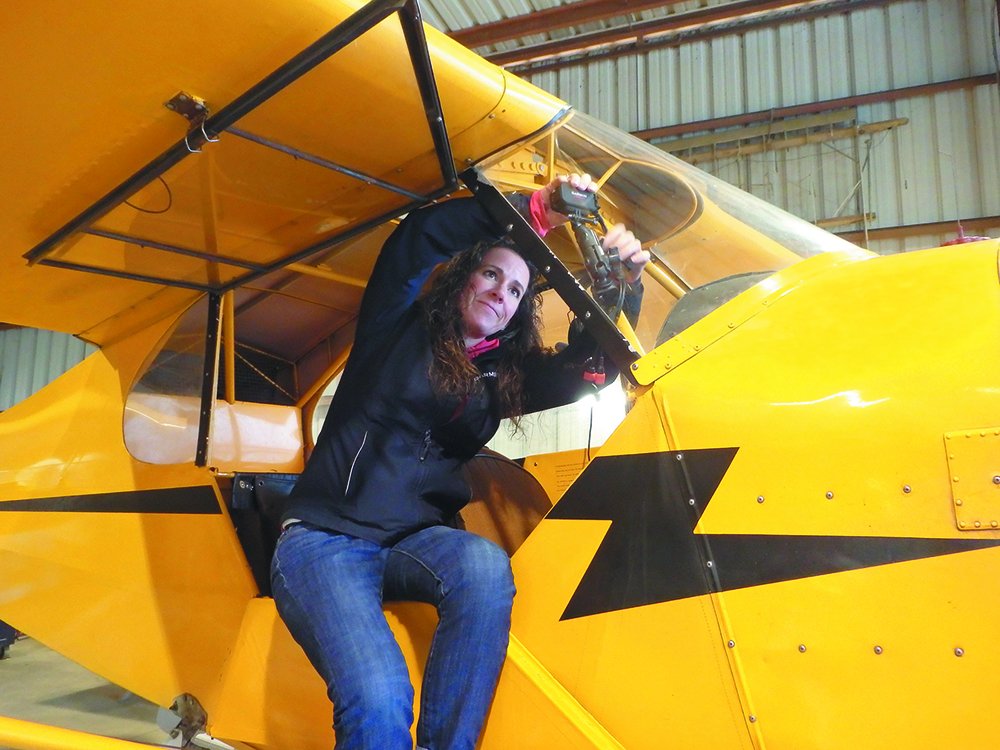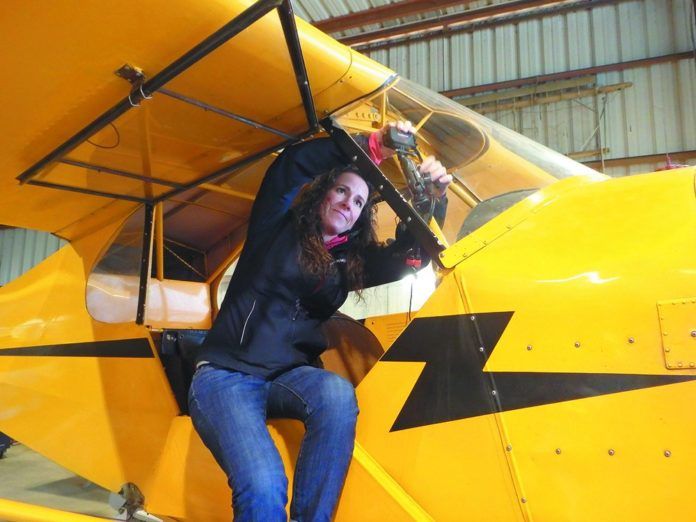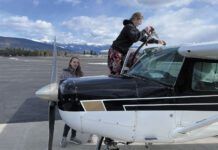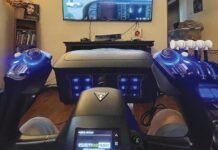Since a good teacher is always learning, I set out to do just that when I immersed myself in Jack Brown’s initial seaplane training course. I’ve been instructing part and full time for over 10 years, so I guess I was due for a good lesson. Hopefully the following can help your transition.
If you want to prepare for this course ahead of time, my advice is to do your homework before arriving. If possible, show up current, read Brown’s course guide, study the various maneuvers and be ready with questions (Brown’s instructors love addressing students’ questions, which is a positive trait).
Like any type of flying, come armed with a positive attitude, a willingness to learn and be prepared to be challenged. But at the same time, have fun. Understand it can be overwhelming and exhilarating, with a little bout of frustration mixed in to play with the emotions.

Approaching the ground school portion requires a focused mindset. I set out for an early meeting with Brown’s chief instructor (also my ground school instructor), Ben Shipps, armed with a large iced tea and an open mind. After a two-hour discussion of plow turns, hydrodynamics, float construction and more, it was time to fly.
If you want to prepare for the course by brushing up on your flying skills ahead of time, I suggest tightening up your crosswind landing and takeoff technique, while paying close attention to wind direction and speed and how it affects the aircraft. This is front and center when it comes to seaplane flying. Flying efficient and square traffic patterns is also an essential habit to perfect. Used to flying big airplanes? It will pay to get some time in a small one, that could speed your transition to the Cub.
Shipps concluded our initial meeting by saying “I love the question ‘why’,” in a way that was obvious he wanted to be asked it—and often. This stuck with me throughout my training the next couple of days. It also led me to the conclusion that you should approach the seaplane rating asking the question “why?” as often as you can. Since this training offers plenty of opportunity to do so, I walked away a better pilot and teacher. You can too, with some preparation, patience and an open mind.
Contributor Jessica Koss is an active CFI and a pilot at Garmin International.





